
Tea tree oil for fleas is one of many natural remedies often posed as alternatives to traditional medications, but it's not necessarily safe and effective. Fleas are bothersome, bite you and your pets, and carry diseases, so it's good to prevent and kill them when you find them. Here's what pet parents need to know before using tea tree oil for fleas in pets, including safety and proper use.
Also referred to as Melaleuca, tea tree oil is from the Australian tea tree plant, Melaleuca alternifolia. It is an essential oil with a minty smell that has historically been used in diluted amounts to treat various skin issues in people. For pets, it's sometimes used to manage skin conditions and kill parasites such as fleas.
Tea tree oil should never be given orally as it is toxic if swallowed. Keep tea tree oil out of your pet's reach at all times. Contact your veterinarian for advice before using tea tree oil on your pet.
Tea tree oil is toxic if swallowed, so it should never be administered orally to a pet or person. If a pet licks tea tree oil that has been spilled or sprayed elsewhere, it could be very harmful. Additionally, if tea tree oil is applied to a pet's skin in large quantities or undiluted, it may cause muscle tremors, weakness, drooling, a low body temperature, and problems walking. The Pet Poison Helpline has reported that as few as seven drops of undiluted tea tree oil on a pet's skin has caused serious issues, so undiluted oil can be dangerous.
On the other hand, tea tree oil in diluted amounts can be found in some pet products and has been used without issues, but these concentrations should not exceed one percent. Stronger solutions should never be used. With products that have low concentrations, the label instructions should be followed closely and pets should be monitored after application.
There is no published scientific evidence that tea tree oil specifically kills fleas. The oil has been shown to be effective in killing other types of arthropods, including some species of ticks and lice, but often with higher concentrations that what is considered safe. Limonene is a natural component of tea tree oil that is toxic to fleas, so it's often assumed that tea tree oil will also be effective.
When used for pest control, tea tree oil can penetrate an insect's exoskeleton and cause suffocation. Terpenes are specific components of tea tree oil that may be beneficial. Different types of terpenes are found in various plants and are also responsible for the way a plant smells. This means terpenes are responsible for essential oils having strong scents. They work in the endocannabinoid system within the body, which helps regulate many bodily functions. Ongoing research may help veterinarians better understand exactly how this system works in animals.
Terpenes in tea tree oil may be effective as an alternative remedy against fleas and other external parasites. One terpene found in tea tree oil is called terpinen-4-ol and it is known to have antibacterial and antifungal effects in people through the activation of white blood cells. 1,8-cineole is another type of terpene found in tea tree oil that has shown to be relatively effective in killing various types of parasites, and limonene has been found to specifically kill some (but not all) Ctenocephalides felis, the species of flea most commonly found on pets.
Before using tea tree oil on your pet you should discuss it with your veterinarian to ensure it is recommended and safe. If your vet decides tea tree oil is appropriate, follow your vet's advice and these basic guidelines:

Is Neosporin Safe for Cats?
A brief summary of concerns a cat owner should be aware of before putting Neosporin on their cat, plus tips for things they can use at home instead.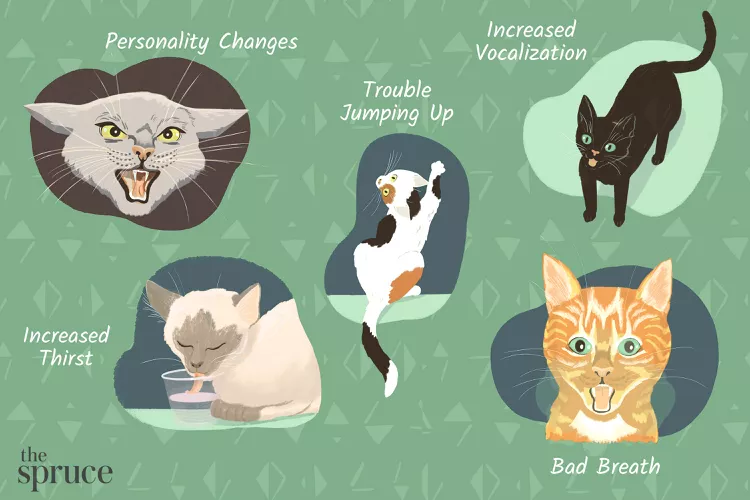
18 Warning Signs That Your Cat Is Crying for Help
How can you tell if your cat is sick? Learn about the warning signs indicating your cat is crying for help and find out what to do about them.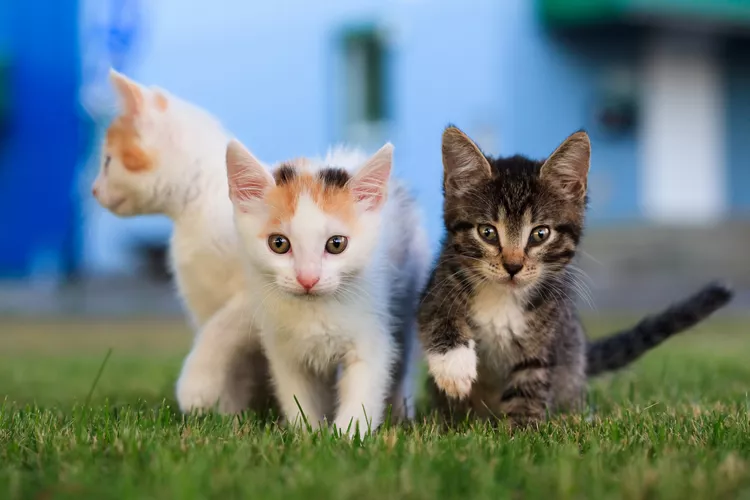
Chlamydia in Cats
Chlamydia in cats is a bacterial infection primarily affecting the eyes, which can cause conjunctivitis. Learn the causes, treatment, and prevention.
Why Does My Kitten Bite Me? How to Stop Biting and Scratching in Kittens
Why does your kitten bite you? Play aggression is often the cause, but there may be other reasons for the scratching and biting. Here’s what to do if your cat bites and scratches you, including how to stop it.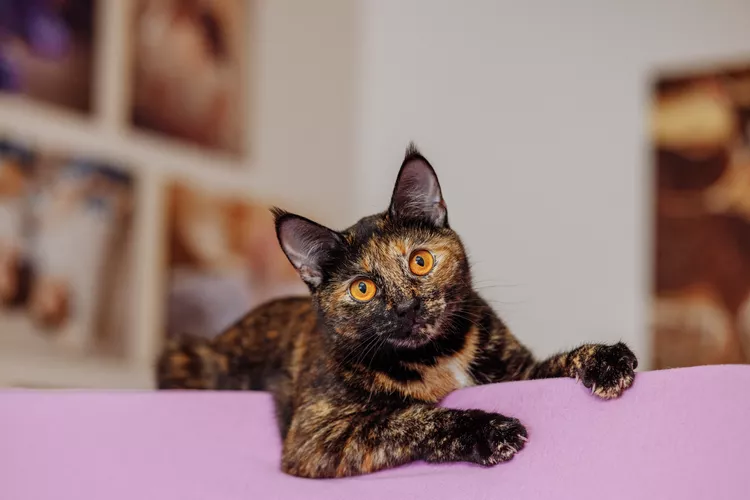
200 Tortoiseshell Cat Names for Your Bi-Colored Kitty
Tortoiseshell cats are a rare phenomenon and deserve a fitting name. We've pulled together 200 tortoiseshell cat names, including male names, female names, cute names, and names inspired by their coat color and pattern.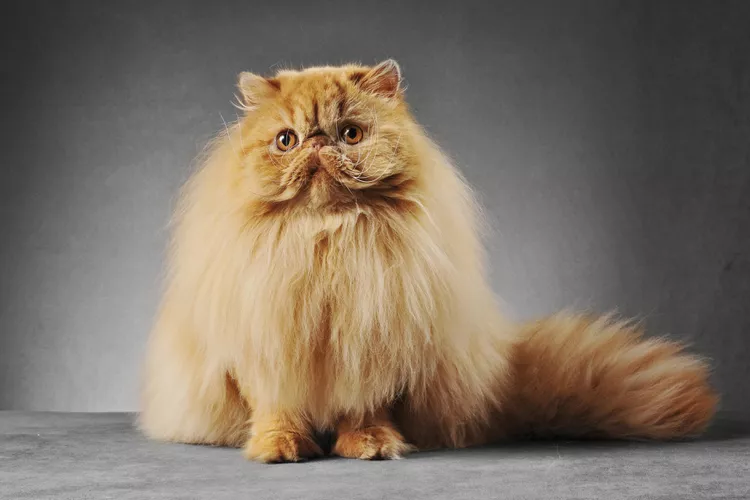
12 Fluffy Cat Breeds Perfect for Endless Cuddles
If you like long-haired cats and don't mind daily (or almost daily) brushing, you’ll love these fluffy cat breeds.
10 Unique Bobtail Cat Breeds
Bobtail cat breeds, including the Manx and Cymric, result from natural genetic mutations. Learn whether one of these cats is right for you.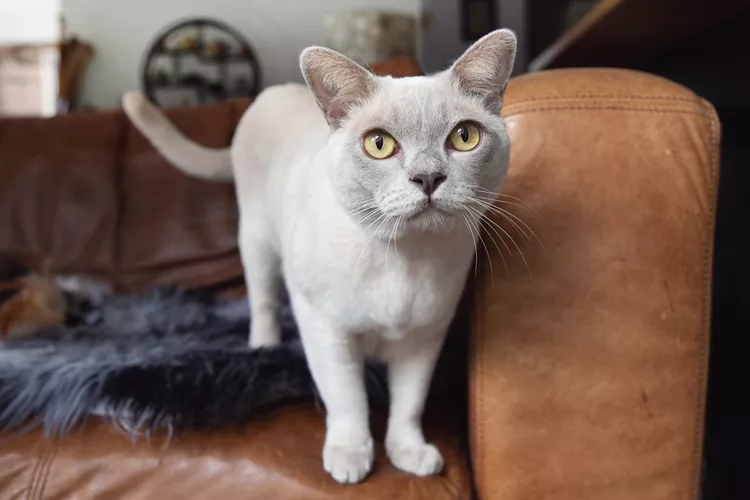
Burmese: Cat Breed Profile, Characteristics & Care
Known for their loving personality and muscular body, the Burmese loves to cuddle after a bout of kittenish playing. Learn about the Burmese breed.
Turkish Angora: Cat Breed Profile, Characteristics & Care
The elegant and silky Turkish Angora cat is a playful, affectionate, and sometimes mischievous pet. Learn about the Turkish Angora breed.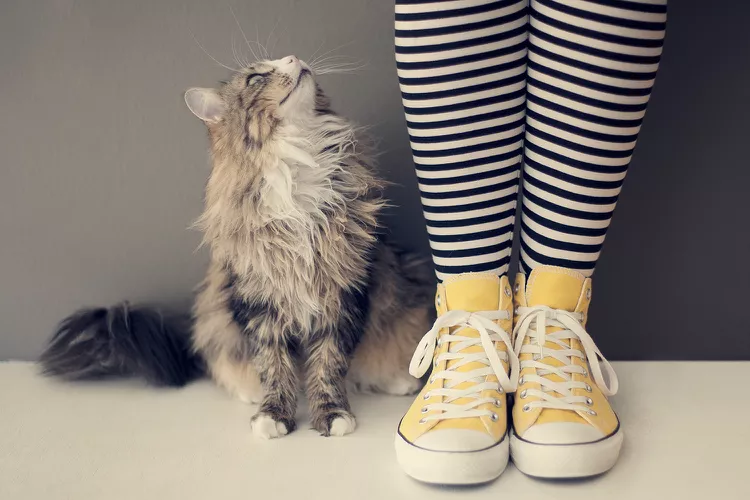
Why Does My Cat Follow Me Around Everywhere?
Cats can follow their owners around for a few different reasons. Find out what your cat is trying to tell you if they follow you around.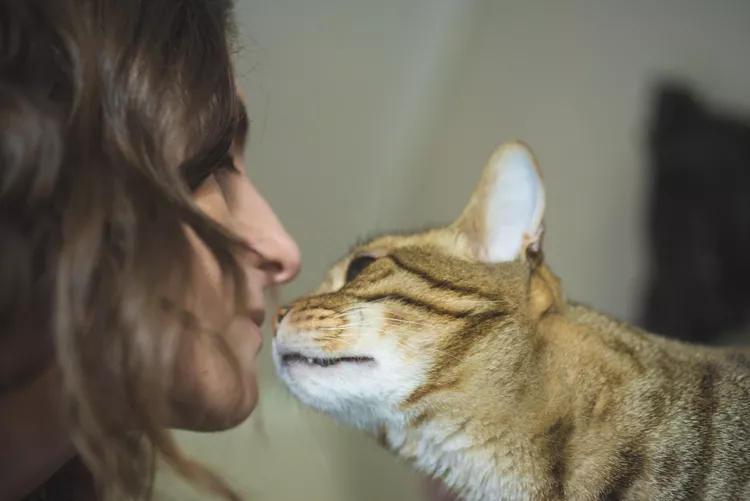
Why Does My Cat Bite My Chin?
If your cat is biting your chin, this might be a sign of affection, but it can also be caused by boredom or stress. Learn how to curb the behavior.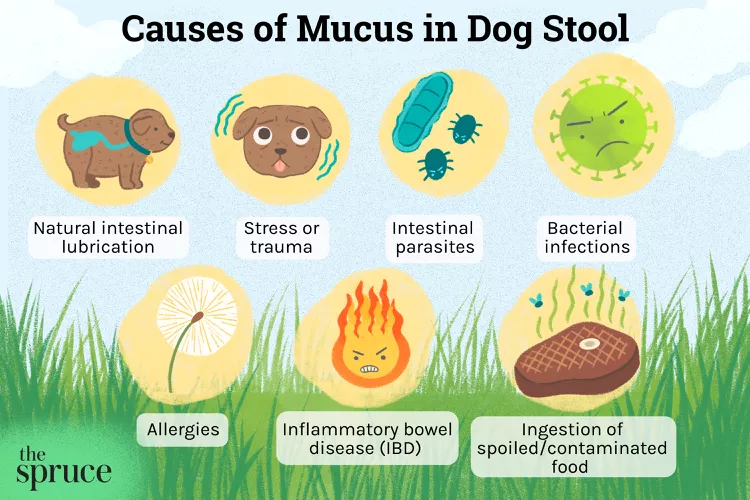
Common Causes of Mucus in Dog Poop
Seeing mucus in your dog's poop can be concerning to a dog owner. Here are common causes and treatment of mucus in a dog's stool.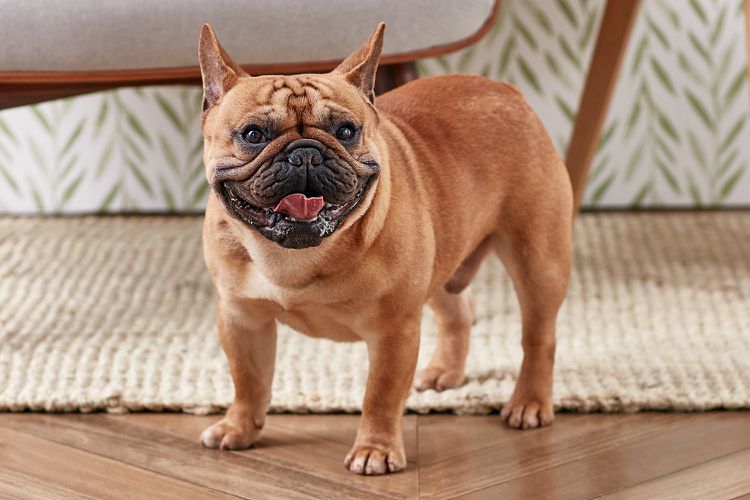
Why Do Dogs Pant?
Dogs pant for a number of reasons, including cooling, excitement, and play. But sometimes panting is a sign of a physical problem. Learn why dogs pant and what to do about it. Here’s how to tell if your dog’s panting is normal or a sign of a problem.
Intervertebral Disc Disease (IVDD) in Dogs
Intervertebral disc disease (IVDD), or a herniated disc, is a serious condition of the spinal cord. Learn the causes, treatment, and prevention.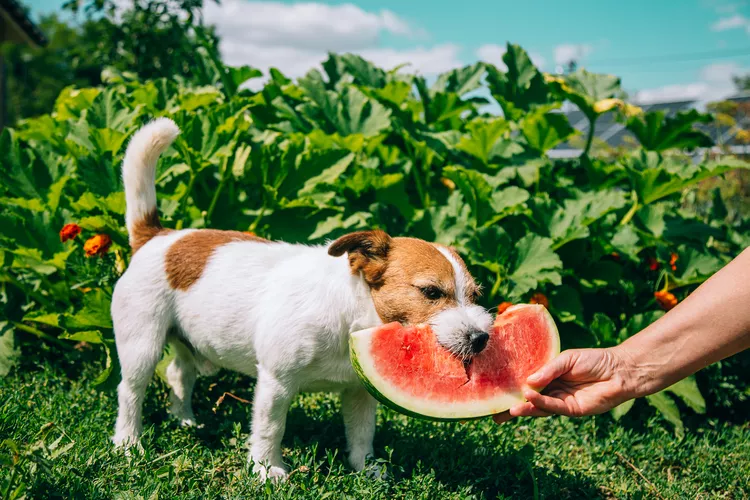
Can Dogs Eat Watermelon?
Can dogs eat watermelon? Yes! But its important to keep certain precautions in mind. Learn the benefits, risks, and how to safely feed your dog this fruit.
Border Collie: Dog Breed Characteristics & Care
Learn about the border collie, a popular herding breed. They're a smart and energetic dog that's also a great companion to the right pet parent.
Beagle: Dog Breed Characteristics & Care
Learn about the beagle, one of the most popular dog breeds in the world. They are known for being a cheerful, comical, loud, and energetic family dog.
Bluetick Coonhound: Dog Breed Characteristics & Care
Bluetick Coonhounds are a medium-size hound that are gentle and affectionate. They are commonly used as a raccoon hunting dog.
Tibetan Terrier: Dog Breed Characteristics & Care
The Tibetan terrier is a happy-go-lucky dog with a shaggy coat. Learn more about the history, care tips, and other helpful information about the breed.
Lagotto Romagnolo: Dog Breed Characteristics & Care
The Lagotto Romagnolo is an intelligent working breed from Northern Italy and can be an adaptable and laid back companion breed.